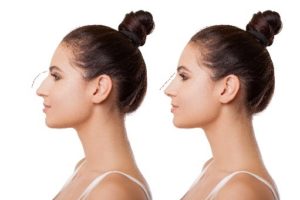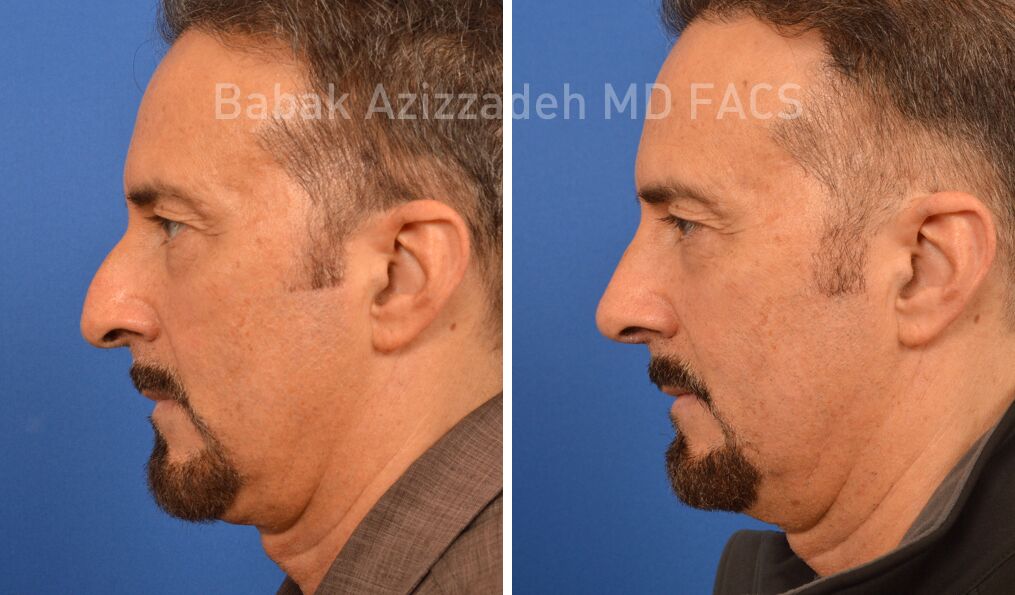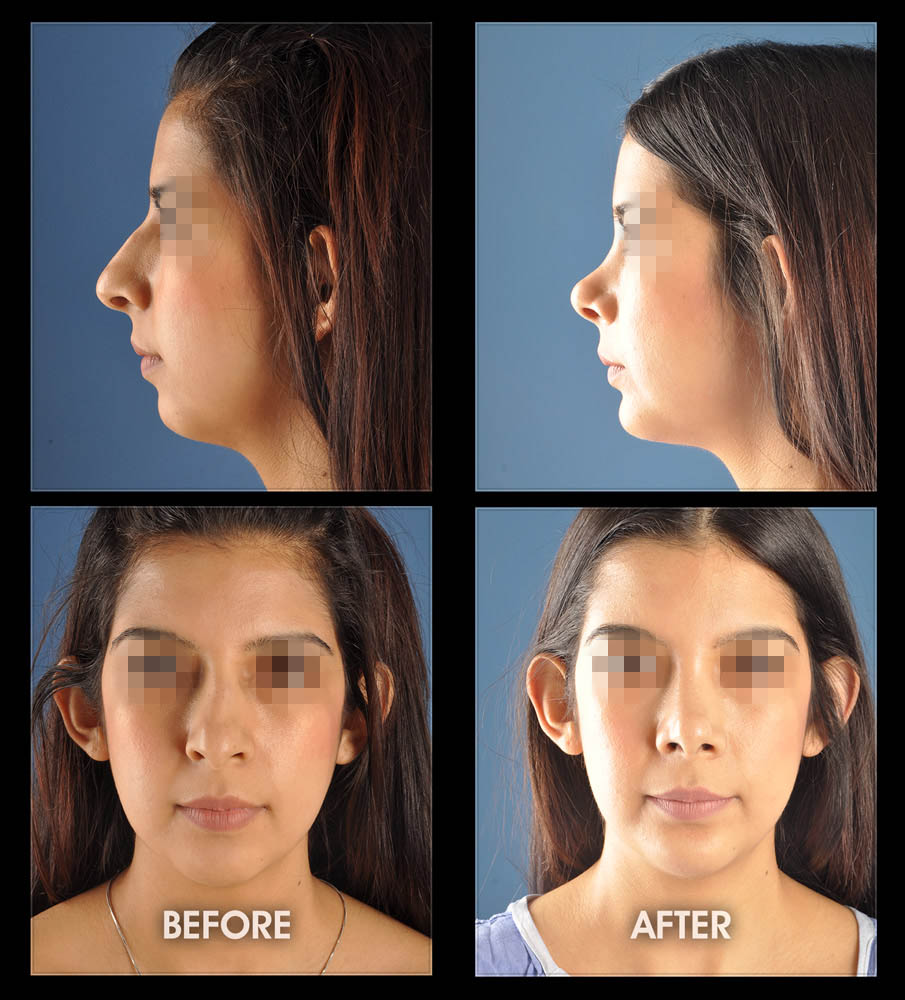The Buzz on Rhinoplasty Surgeon Austin
Table of ContentsThe 9-Second Trick For Austin Rhinopasty SurgeonRhinoplasty Austin Tx Fundamentals Explained
The design template is rotated 180 degrees and positioned over the distal (far) part of the axis of the skin flap; the cosmetic surgeon details it with a surgical marker. The overview markings are continued proximally and parallel to the central axis, preserving a 2-cm width for the proximal flap. Without using an injection of anaesthetic epinephrine, the flap is incised (cut), and the distal one-half rises in between the frontalis muscle and the subcutaneous fat.The dissection continues towards the eyebrow and the glabella (the smooth prominence between the eyebrows) until the skin flap is sufficiently mobile to permit its unwinded transposition upon the nose. Under loupe zoom, the distal part of the forehead flap is de-fatted, to the subdermal plexus. Yet, the fat-removal should be conservative, particularly if the patient is either a tobacco cigarette smoker or a diabetic, or both, since such health factors negatively affect blood circulation and tissue perfusion, and therefore the prompt and right recovery of the surgical scars to the nose.

Surgical strategy the septal mucosal flap The surgeon cuts the anteriorly based septal mucosal tissue-flap as commonly as possible, and then releases it with a low, posterior back-cut; but just as required to allow the rotation of the tissue-flap into the nasal wound. The cosmetic surgeon determines the measurements (length, width, depth) of the nasal wound, and after that marks them upon the nasal septum, and, if possible, includes an extra margin of 35 mm of width to the wound measurements; additionally, the base of the mucosal tissue flap need to be at least 1.
The cosmetic surgeon then makes two (2) parallel cuts along the floor and the roof of the nasal septum; the incisions converge anteriorly, towards the front of the nasal spinal column. Utilizing an elevator, the flap is dissected in a sub-mucoperichondrial airplane. The (far) distal edge of the flap is cut with a right-angle Beaver blade, and after that is shifted into the wound.
A technical version of the septal mucosal flap technique is the Trap-door flap, which is utilized to reconstruct one side of the upper half of the nasal lining. It is emplaced in the contralateral nasal cavity, as a superiorly based septal mucosal flap of rectangular shape, like that of a "trap-door".
The surgeon raises the flap of septal mucosa to the roofing system of the nasal septum, and then traverses it into the contralateral (opposite) nasal cavity through a slit made by eliminating a little, narrow part of the dorsal roofing system of the septum. Later on, the septomucosal flap is stretched across the injury in the mucosal lining of the lateral nose - austin rhinopasty surgeon.
All about Austin Rhinopasty Surgeon
I. Partial-thickness problems A partial-thickness problem is an injury with adequate soft-tissue protection of the underlying nasal skeleton, yet is visit their website too big for primary intention closure, with stitches. Based upon the place of the wound, the cosmetic surgeon has 2 (2) alternatives for remedying such a wound: (i) healing the injury by secondary intention (re-epithelialisation); and (ii) recovery the wound with a full-thickness skin graft (austin rhinopasty surgeon).
In the event, bigger nasal injuries (flaws) do successfully recover by secondary intent, but do present 2 drawbacks. Initially, the resultant scar frequently is a broad patch of tissue that is visually inferior to the scars produced with other nasal-defect correction methods; however, the skin of the median canthus is an exception to such scarring.

Yet, nasal correction with a skin graft collected from the patient's neck is not advised, since that skin is low-density pilosebaceous tissue with very few hair follicles and sebaceous glands, therefore is unlike the oily skin of the nose. The technical advantages of nasal-defect correction with a skin graft are a brief surgical treatment time, a simple rhinoplastic method, and a low occurrence of tissue morbidity.
